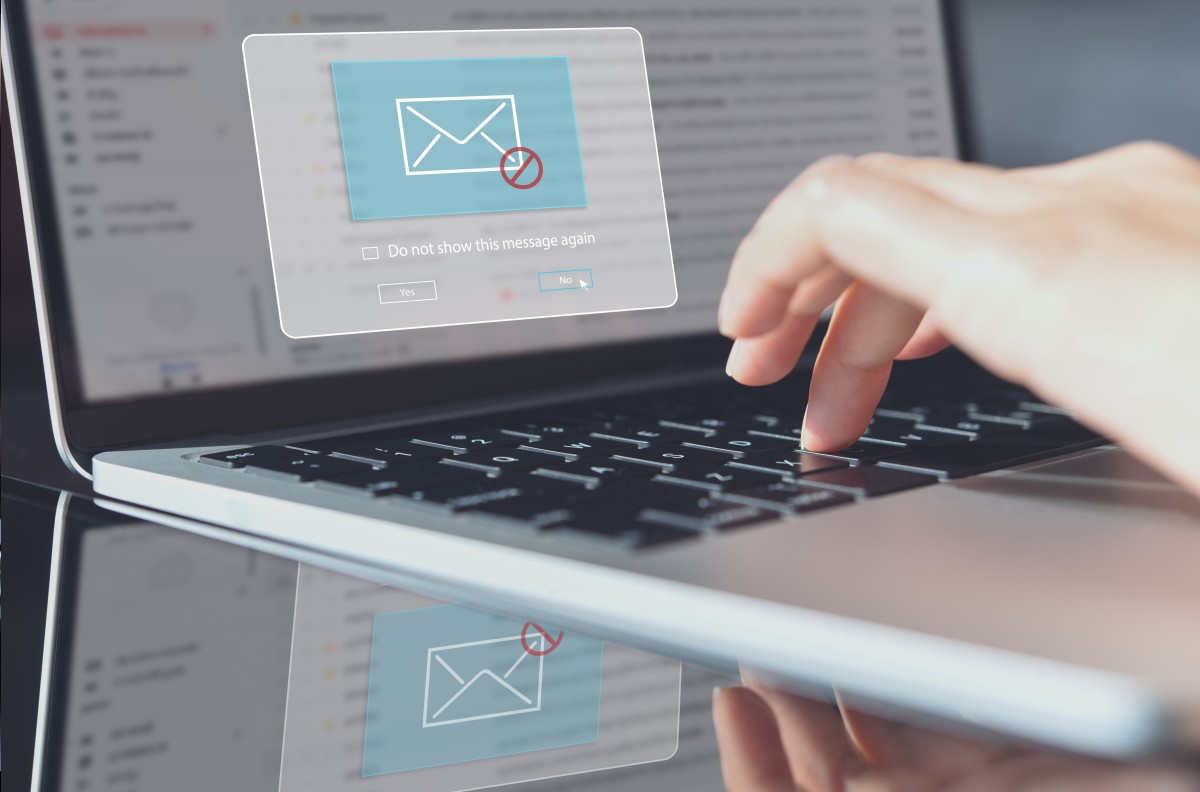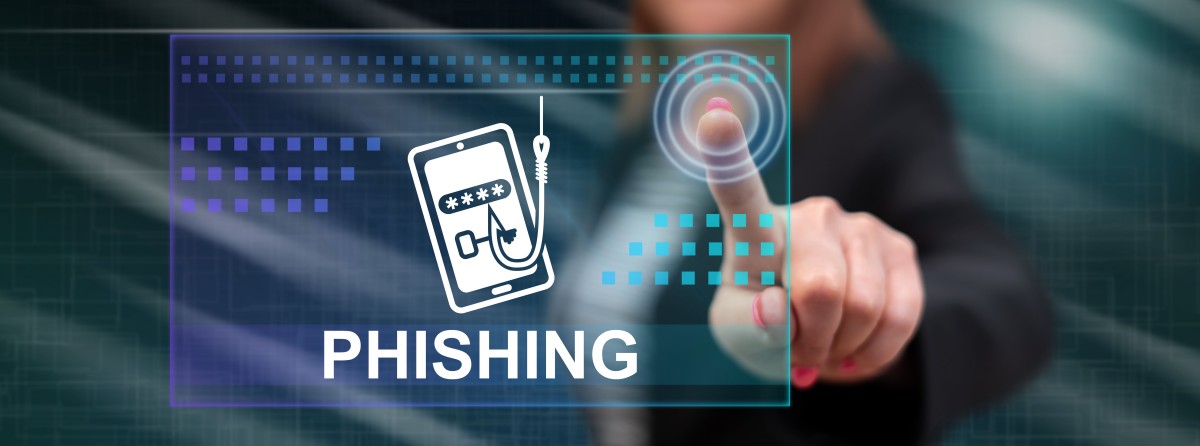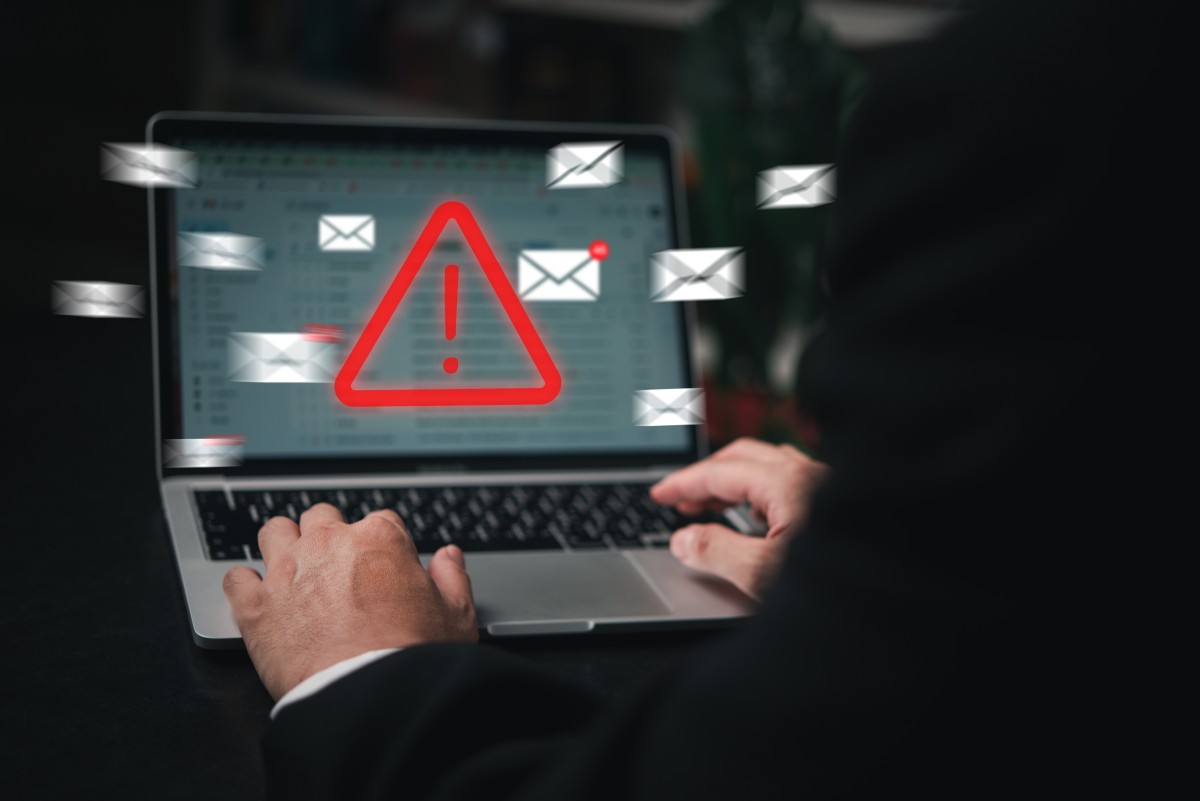Using Patient Education Videos to Support Preventive Care Strategies
As a healthcare provider, you know prevention saves lives. From routine screenings and lifestyle counseling to vaccinations and early detection,...
3 min read
Robert McDermott Oct 6, 2022 11:00:00 AM
 To many of us, the early days of email seem quaint. A little flashing mailbox and bell alerted us to incoming mail from, in all likelihood, an acquaintance or friend. It was designed to make digital communication easy and accessible. It was a resounding success.
To many of us, the early days of email seem quaint. A little flashing mailbox and bell alerted us to incoming mail from, in all likelihood, an acquaintance or friend. It was designed to make digital communication easy and accessible. It was a resounding success.
These days, if a bell went off every time we received an email, most of us would mute it. Red notification numbers are often enough to make some of us anxious. Those truths speak to the ubiquitousness of email in the modern world. It’s so familiar, however, that we can get lax on its use and that’s what makes it both a useful tool and a potential danger in your dental practice. Email security cannot and should not be overlooked.
Quick Links
Email security is a pretty large umbrella term that actually covers the security measures and mechanisms designed to protect email accounts as well as communication, content, and transmissions. Email is remarkably vulnerable to unauthorized access as well as phishing attacks, malware, and dangerous spam.
 Email Security and Threats to Your Dental Practice
Email Security and Threats to Your Dental PracticeThe great benefit of email is that it was designed to be easy and accessible. Mobile devices and laptops have made that even easier. However, that benefit is also what makes email a security risk. Accessibility to your inbox is one of primary security risks to your dental practice, but that’s not all.
Intercepted emails or unauthorized access can create significant problems for your dental practice. To maintain HIPAA compliance, you must ensure that all communications related to your patients which may include personally identifiable information (PII), protected health information (PHI), or electronic health records (EHR) are protected. That means your email should be encrypted end-to-end to protect that information and ensure HIPAA compliance. When it comes to sending this kind of data, you also want to limit access to intended recipients and authorized users.
While being able to receive emails from anyone was always the intention of email, an open inbox, these days, means not just tons of spam email, but phishing attempts. Phishing attempts have grown more sophisticated, with fake emails looking more convincing than ever. In phishing attacks, malicious actors attempt to get users to download malware, visit external sites, or reveal credentials that provide access to your network. Often phishing attempts replicate the look and feel of emails from known vendors or partners, so users let their guard down and take the action requested in the email. Once the user has taken the desired action, your network is open and vulnerable to attacks and data theft.
Phishing attacks may then also be responsible for ransomware attacks which either lock access to your network or your data until a ransom is paid.
Whereas phishing attacks and spoofed emails may come from a variety of sources, BEC attacks come from your bank, lenders, or vendor. Instead of directing you to a download, a link, or other, they instruct you to deposit or wire funds into an account, seemingly for a legitimate business expense or purpose. Much like phishing attacks, BEC attacks have also become more sophisticated and have developed ways to solicit and gain employee PHI including W-2s or other tax information which can reveal social security numbers and more.
Given that both medical and dental practices are known targets for hackers with the threats increasing, weak passwords make your network vulnerable to attacks. Weak passwords include anything that may be easily guessed by a human or computer, is overused or a duplicate password, or one that includes public information.
While not always a security threat (unless it’s also a phishing attempt), spam can still threaten your dental practice. Unwanted and unsolicited emails, as many of you have likely experienced in your personal inbox, can disrupt productivity and workflow. Additionally, spam emails may prevent your team from seeing and responding to patient, vendor, or partner emails in a timely manner.
 What Your Dental Practice Needs to Know About Email Security
What Your Dental Practice Needs to Know About Email SecurityWhen it comes to cybersecurity and dental practices, the truth is that it’s often overlooked. And, when considering security measures, email security is often considered a low priority despite the fact that it may be one of your biggest vulnerabilities.
Two factors contribute to your email vulnerability. The first is that email security is seen as low priority. Malicious actors and hackers are well aware of the fact that it’s the easiest way to gain access to your network. Often, medical and dental practices are using a standard email without configuring it with a security mindset. That means spam and phishing efforts have access to your inbox and to your staff.
The second biggest factor is human action. In fact, human error is the cause of nearly 95% of cyber breaches. From clicking send on an email without considering what files are attached or who the recipient might be to clicking links in emails without having the time to investigate veracity of the sender, human error is one of the most significant variables in the security space, especially when it comes to email.
This holds true for password protections as well. No matter how often we’re told to create complicated passwords, to use whole sentences, to change them regularly, many of us still rely on the same handful of passwords and pet names we’ve been using for years.
However, the potential exists to protect your inboxes and prevent them from ever receiving spam emails or phishing attempts, to ensure you’re HIPAA compliant with end-to-end encryption and secure transmissions, and to safely send files, of any size, to referral partners and providers. Imagine having complete peace of mind when it comes to email security.
If you’re ready to discuss the medical and dental HIPAA Compliant email solution endorsed by dental associations across the U.S., book a demo of iCoreExchange today and take the stress of email security off your staff.

As a healthcare provider, you know prevention saves lives. From routine screenings and lifestyle counseling to vaccinations and early detection,...

There’s no denying that the AI boom is here. The American Medical Association reports that 66% of physicians are currently using artificial...

If only managing your practice’s revenue cycle came with a crystal ball. You could spot claim denials before they happen, predict when patients might...

For many practices, email is a major security vulnerability. Unfortunately, cybercriminals are more aware of the opportunities to attack than...

If you knew several of your neighbors were victims of theft, from homes or cars in your neighborhood, you’d likely take initiative to safeguard your...

Even though most of us understand the importance of HIPAA regulations, it doesn’t change the fact that, for many, compliance has been a hurdle at...